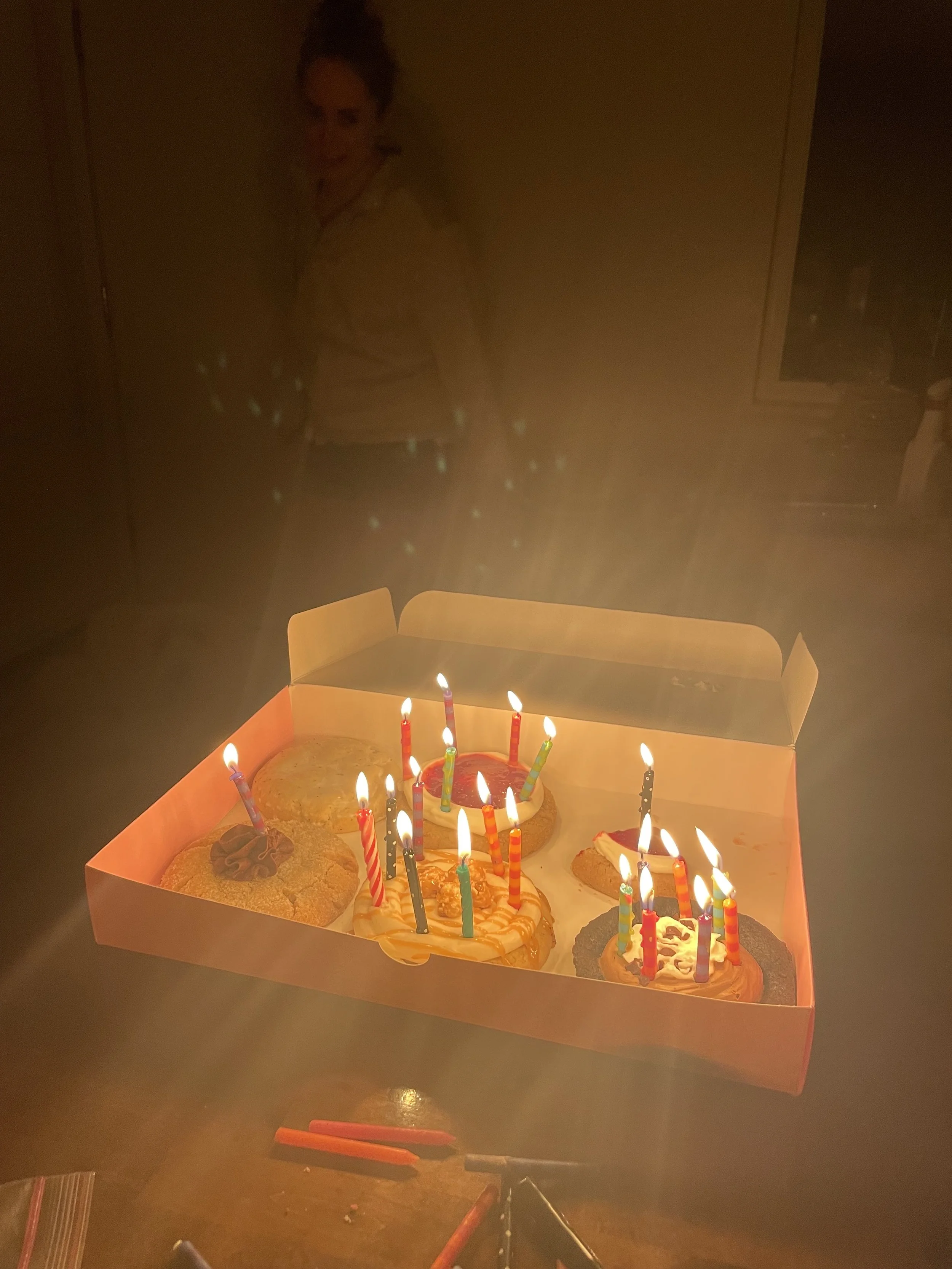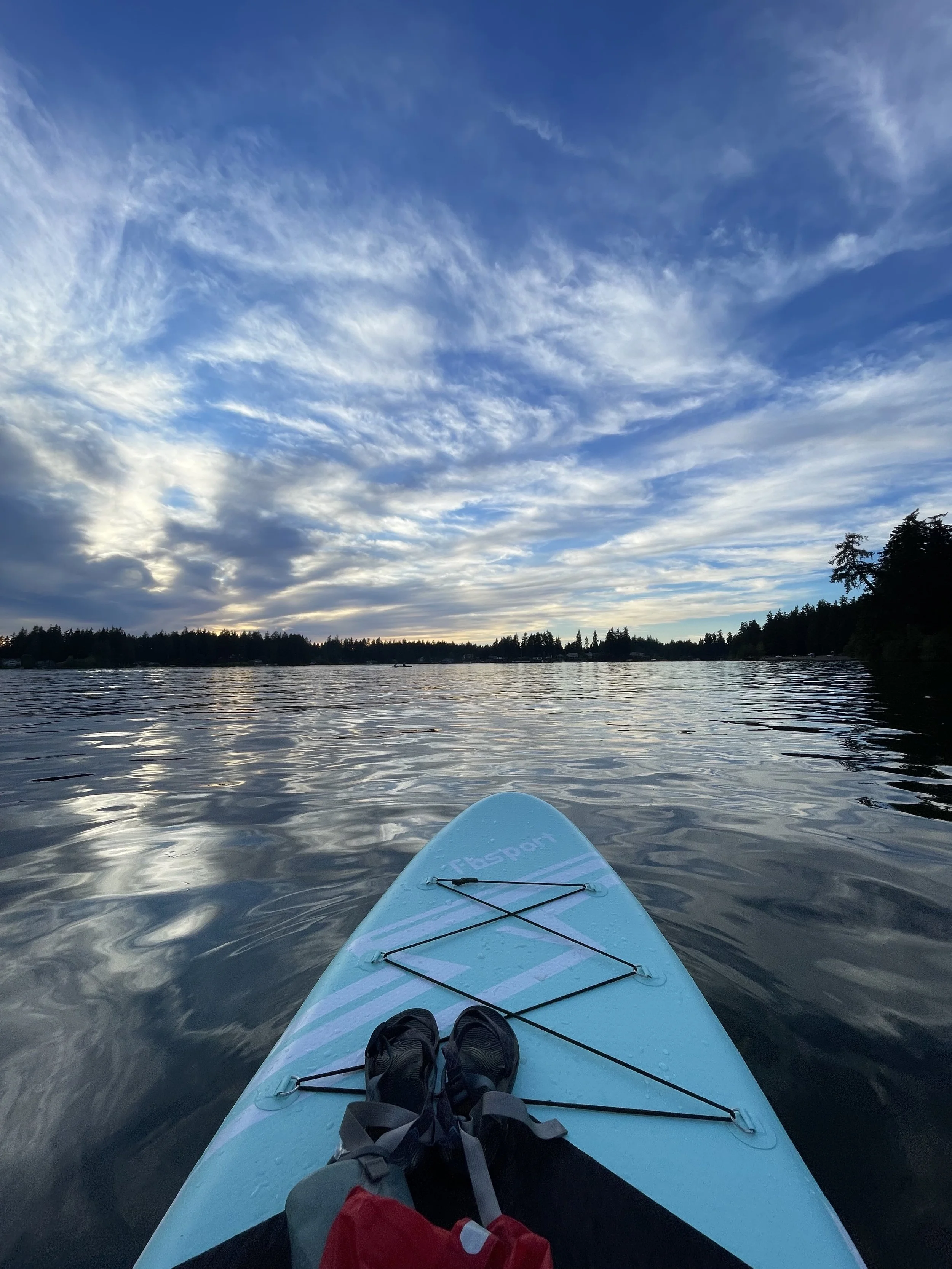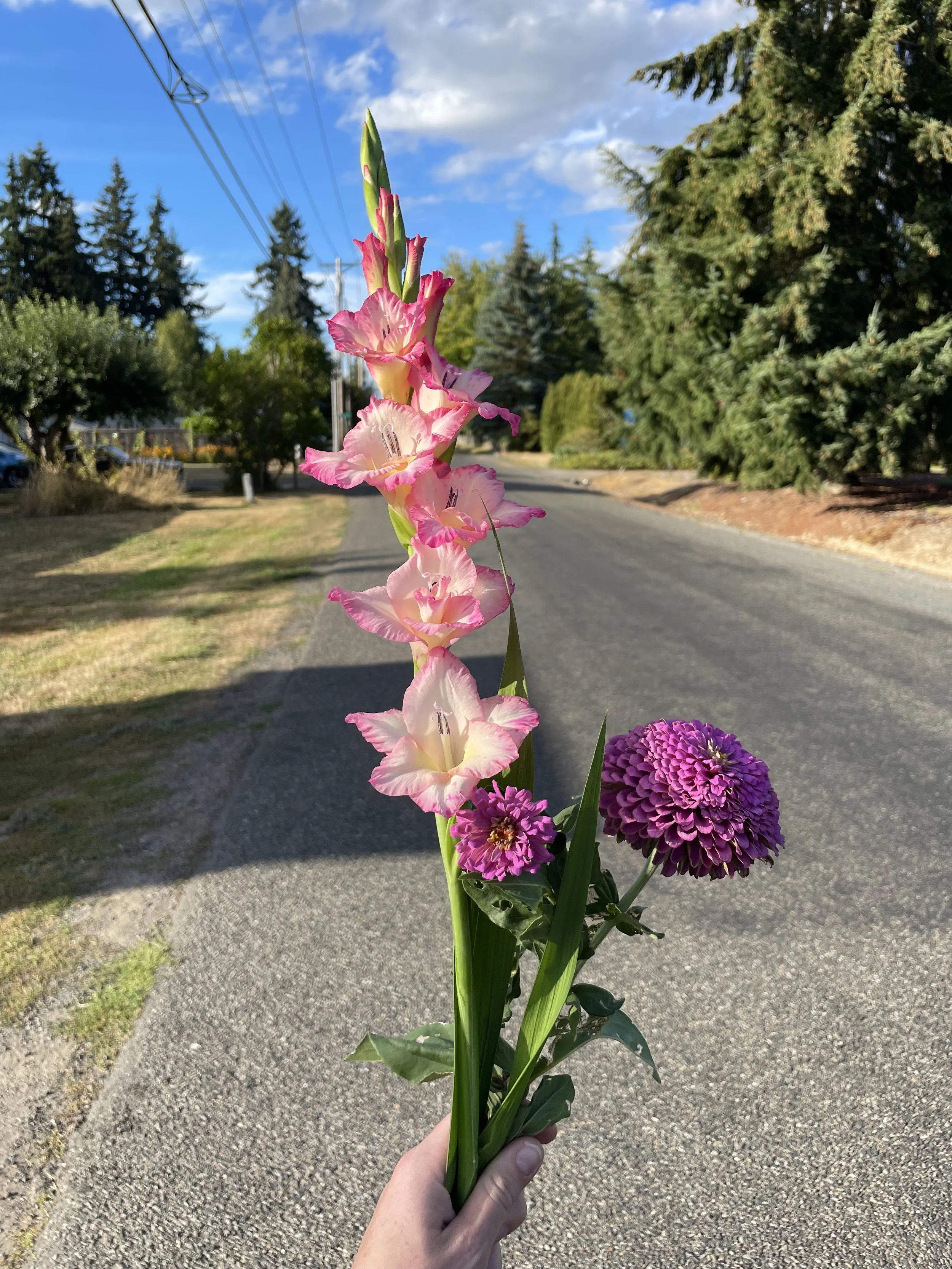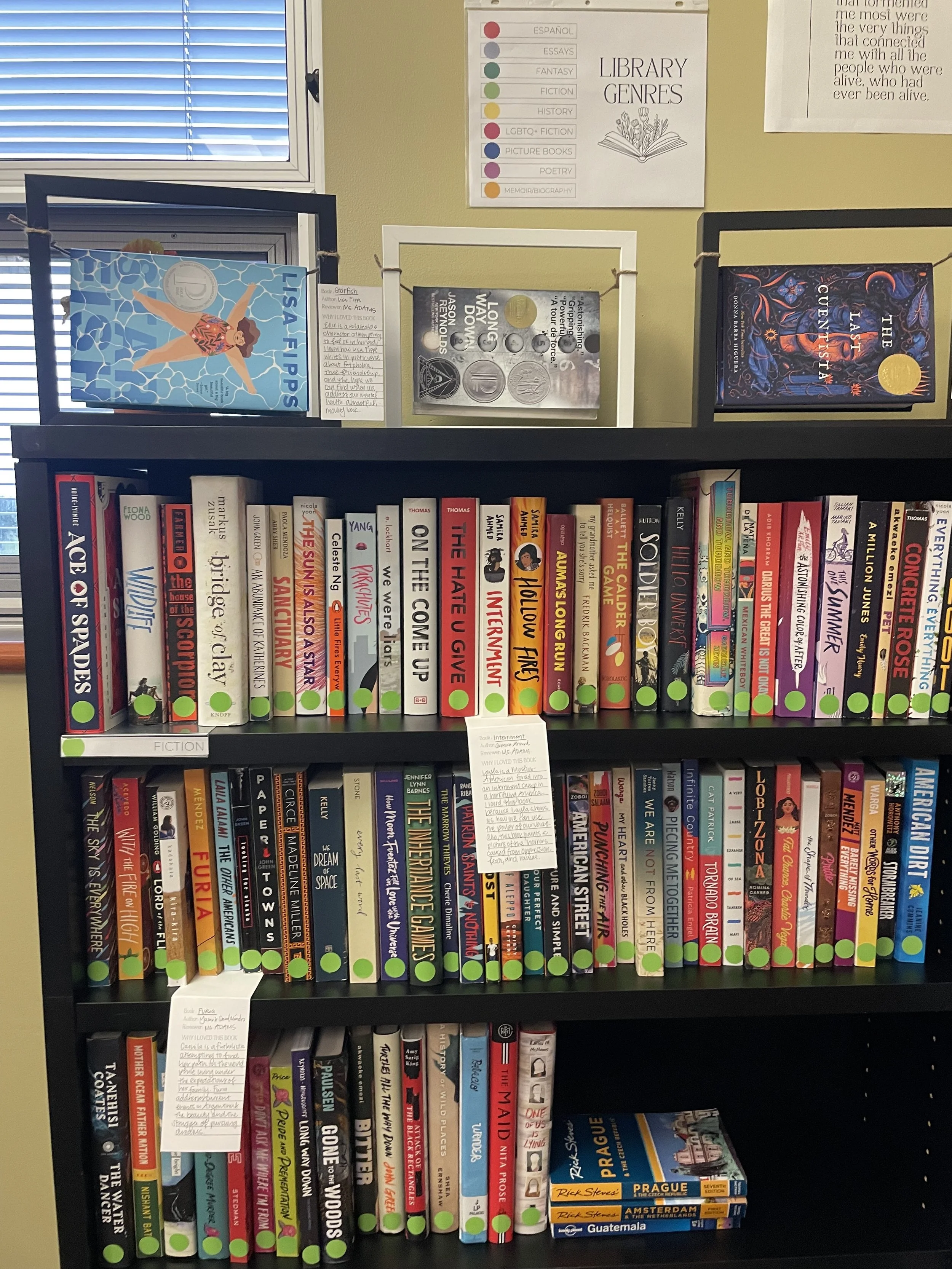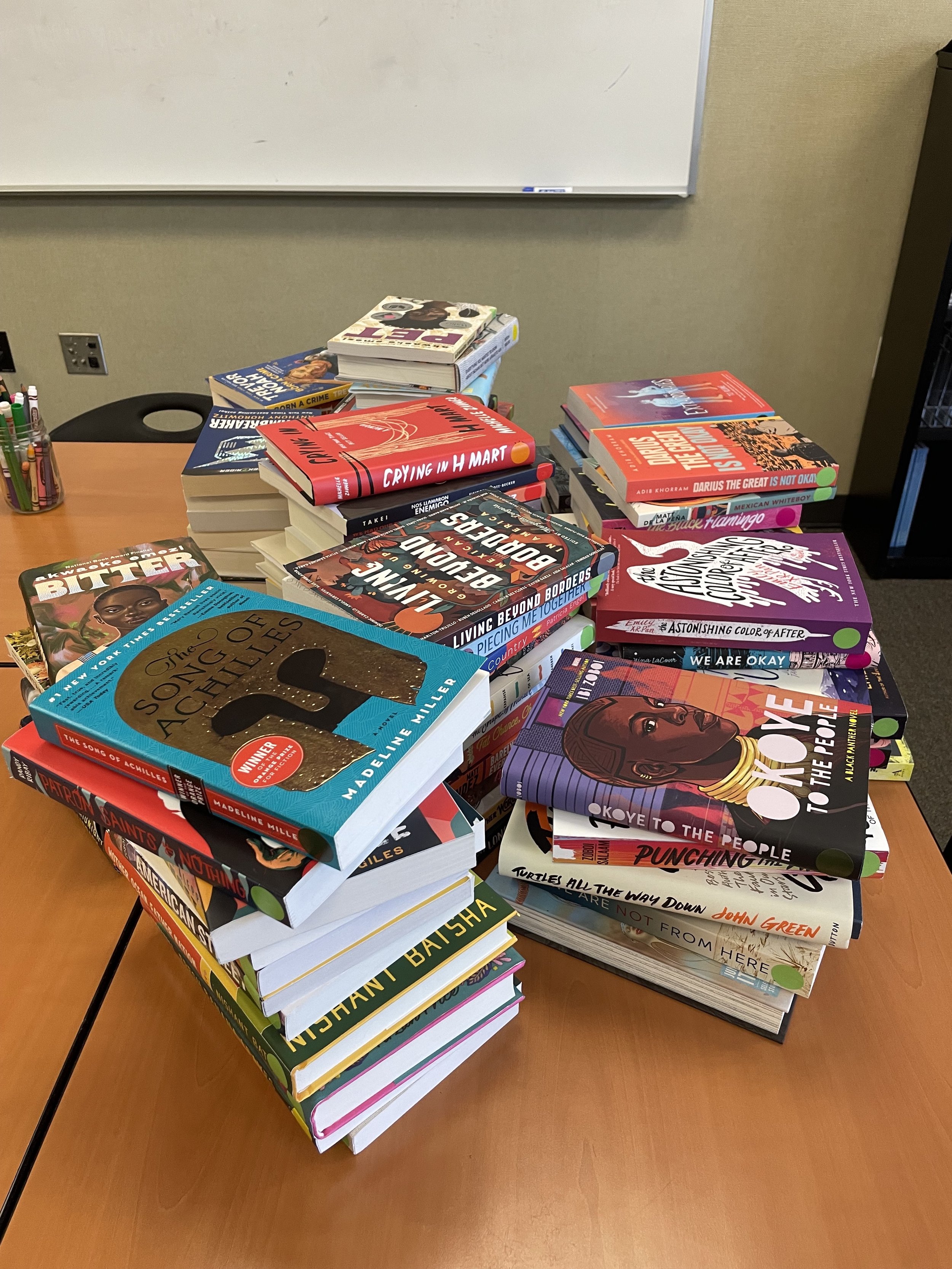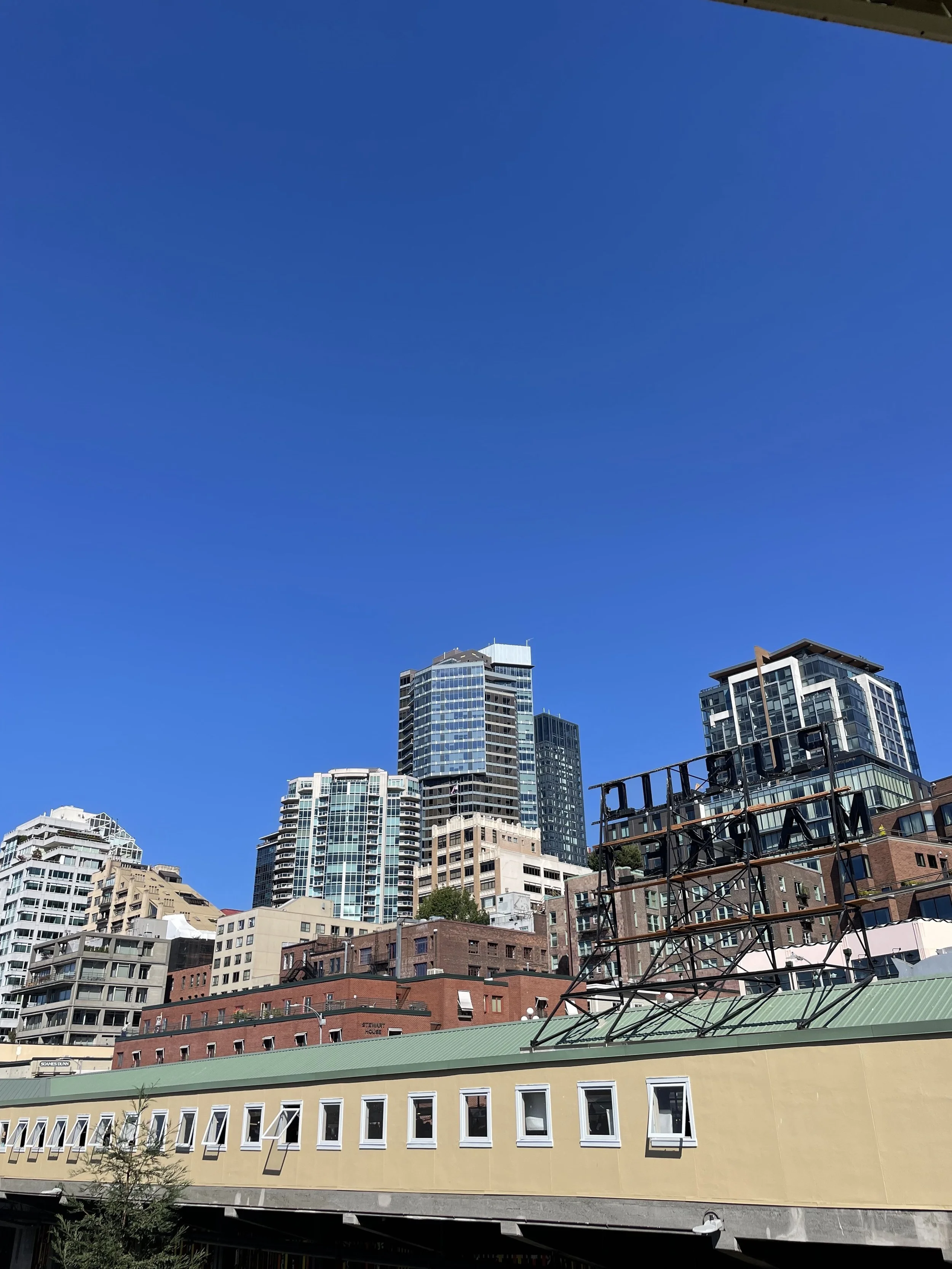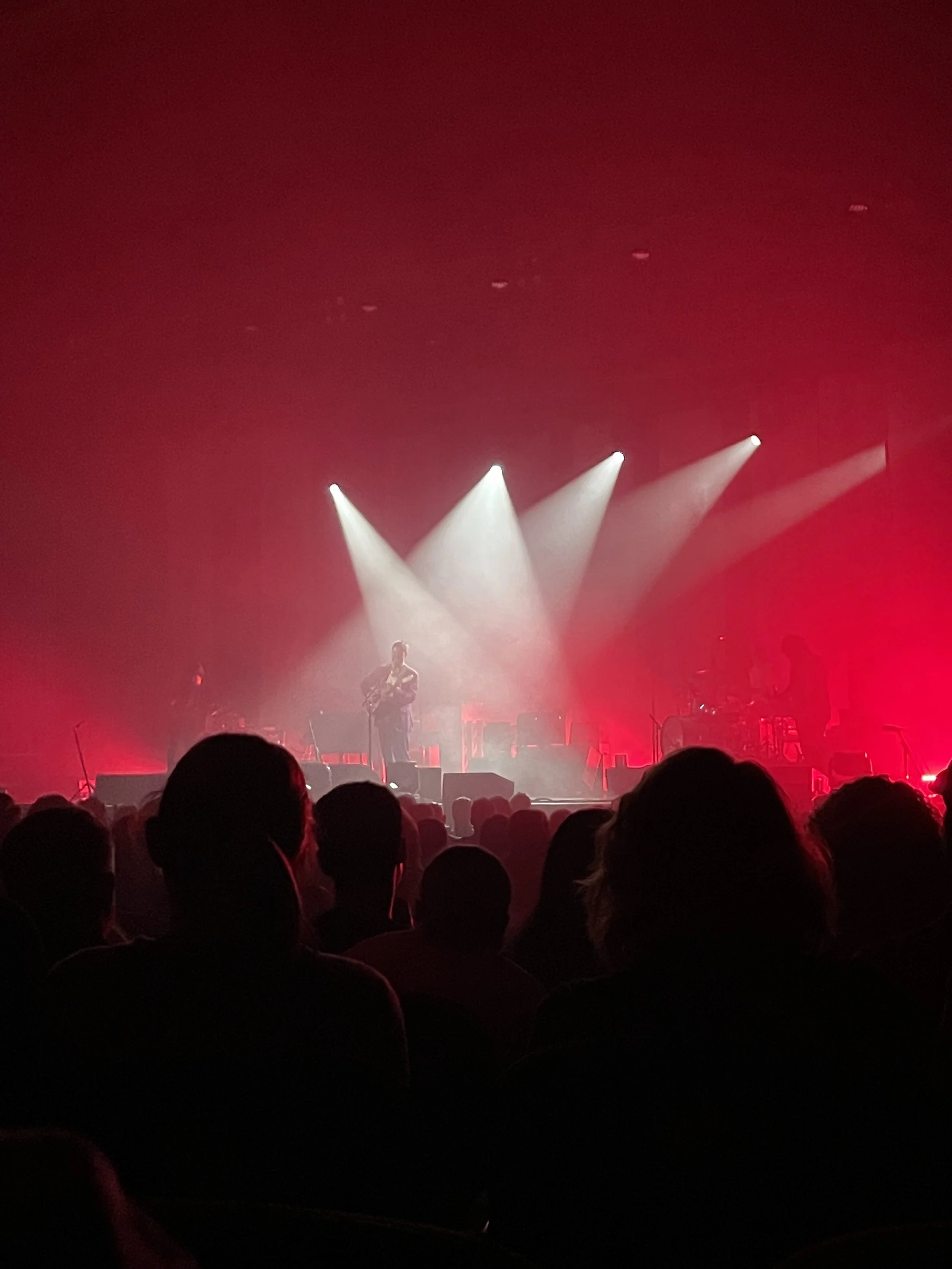Teaching to Hope
The air smells that distinct way when fall is upon us. School buses fill the early morning streets, pumpkins are appearing on doorsteps, sniffly noses create a chorus in my classroom, and the afternoon light fades earlier and earlier. I've been teaching for a little over a month now. A month feels like an absolute eternity and no time at all. What began as awkward and halting introductions between myself and students in September has morphed into my classroom being a place where tears are shed, stories are shared, art is made, and voices are given power.
Since the start of the school year, I have read aloud to my 9th graders. Mostly, these read-alouds have been poems. Each time I open a book and sit in my tall teacher chair, I watch them melt into their seats, their eyes lose the glare of stressful high school hallways, and they fix their gazes on me as I read an amalgamation of symbols on a page that we have come to call words.
This is the stuff I have dreamt of as a teacher—sharing words I love with a room full of kids I love. We take deep breaths together, we listen together, and we change just a bit together.
Recently, I read Pet and Bitter by Akwaeke Emezi. Emezi is a powerful voice for this generation, imagining what we might become as a community. In the pages of their stories, Emezi challenges us to consider both the light and the dark within us. As I've read these books, I've thought about how the darkness has won out for me over the past few years. With life changes I never asked for, worst fears come to be, and that all-encompassing horror of growing up, I crawled through the darkness toward the light and found this word I had never considered too deeply: hope.
In January, while lamenting the public school system and the perpetual uphill battle to make it better, a mentor said to me, "Hope. It isn't a strategy, but it is something." Merely hoping things will improve is not a path to improving the world. But it's something. Over the past few months, my journey has been to discover what hope does to life's unfixable, malicious fragility.
At first, hope was just that–a hope. A belief in something good, a trust that things will get better and the confusion will turn to clarity. But then, in September, my students showed up in my classroom, and we started reading together. My kids reach for the light of goodness like a seed straining to find life-giving sunlight.
I watch kids who didn't know one another before laugh together. I listen as kids share their stories. I watch as they draw their dreams and write about their pains. And I've started to understand this hope thing.
Last Friday, we ended class with time to read if you finished your classwork early. One group was lamenting having to read (which, honestly, I loved because this random group of kids was uniting against me, and that's a win in itself–uniting). I said, "I don't care what you read; you can even read together, read a picture book together." I picked one out, set it on their desks, and they started reading.
When the book came to a close, a tiny 9th grader walked over to my bookshelf, put it away, picked out another picture book, took his place in my teacher chair, and said to his group, "Gather around for story time." Black, brown, white, English speaking, Spanish speaking, athlete, non-athlete, outgoing, introverted, they all quickly got out of their seats and sat on the ground to listen to the story. My little reader looked at me, questioning, and I merely smiled, attempting not to cry as he started to read. They ooo-ed and aww-ed and clapped at the closing.
This is my image of hope.
If hope is a daring trust that good, new, transformative things will happen, I have hope because of the 140-something kids who allow me their presence daily. I hope that we, with all our differences, hang-ups, and scars, can gather together for a common goal. Friday, the goal was to enjoy a story. And that was enough.
Emezi writes in Bitter: "'And hope is not a waste of time. Hope is a discipline'... She'd never thought of hope like that–as something serious and deliberate instead of something wishful and desperate."
Hope is never a waste of time. Daily, I walk into my classroom believing good things will happen. Hope is the wind propelling me forward even when kids complain, assignments are late, and I have a mountain of papers to grade. I hope not with a wish but with intentional, time-consuming, heart-revealing disciplines in my little room.
Hope is a serious thing not to take lightly. We are the creators of hope. We are the glue and the paint and the canvas on which monsters are defeated and new realities are born. We are hope.


